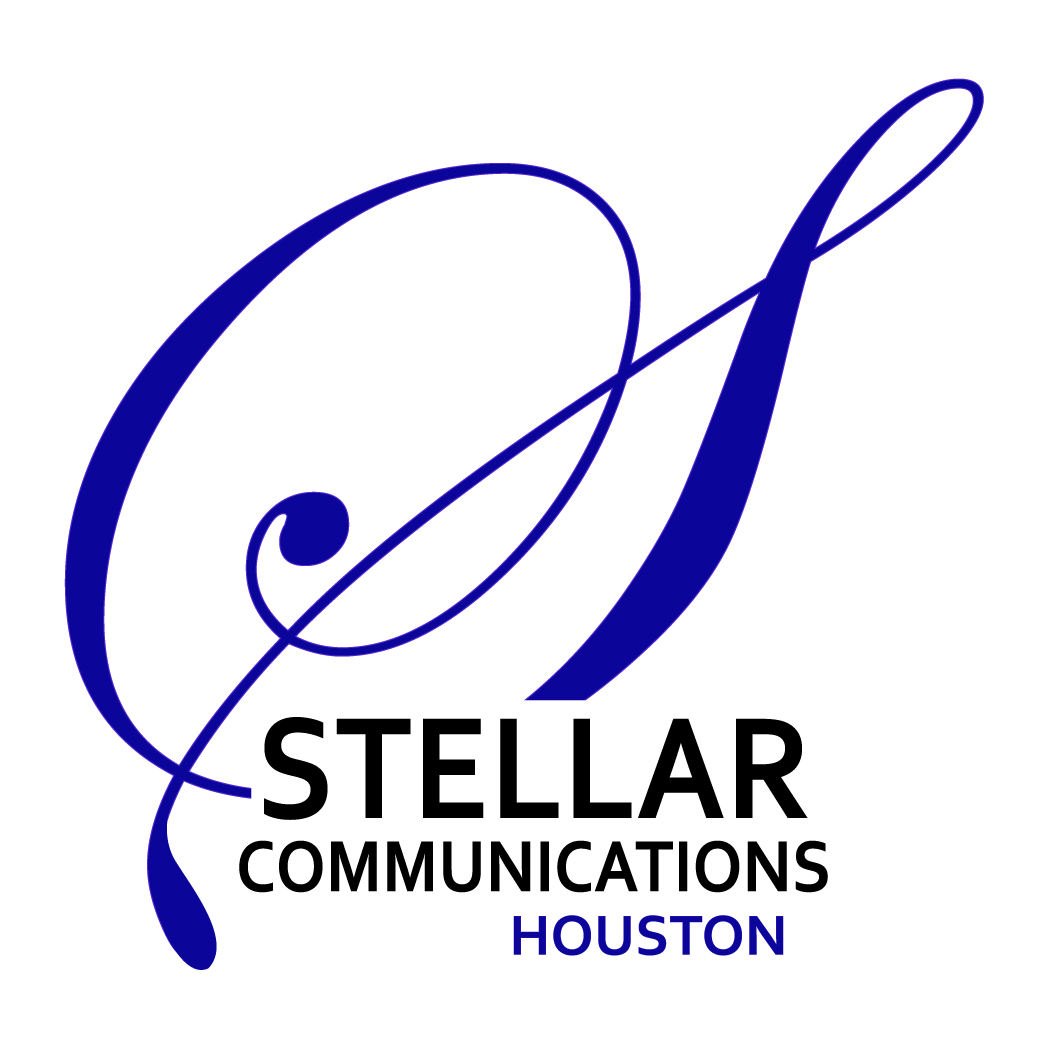Writers are strategists. A well-written story looks deceptively simple but actually requires a great deal of planning.
One of my favorite ways to approach the structure of an article is the Diamond Method. This method mimics the shape of a diamond: The focus of the writing starts small, grows to span more information, then returns to its original small point.
This method provides two benefits to your reader. First, it allows the reader to slowly ease into your information. As a result, he or she is able to fully absorb your message. Second, this method establishes trust with your reader. Starting small entices your reader to follow you to larger, unfamiliar places. And when you return them to their original location, they are glad they went on the journey.
Here are six steps to a well-structured article.
1. Find the heart.
Dig through your notes and find a small, single, most poignant item. An item works best when it includes a satisfying result.
For example, I was hired by a nonprofit art organization to write about its volunteer efforts at a home for neglected teenagers. When I visited the home, I felt most inspired when a group of teens — some troubled residents, some volunteers — set aside differences to record lyrics together into a microphone. I decided to use this as my “heart” of the piece.
2. Open with a small anecdote.
After you identify your heart, give your reader a glimpse of it in a personable first sentence. Consider your first sentence a “tease” with which you can appeal to the emotions of your reader to get his or her attention.
This was the first sentence of my article about the nonprofit art organization:
“I’m nervous!” says a Fort Bend County high school student as she steps up to a microphone.
3. Take one step back to provide informative context.
Now that you have the attention of your reader, you can give slightly broader information about your anecdote.
The next few sentences in my article provided more information:
She is one of 150 student volunteers who have mobilized across Fort Bend County one Saturday. One group records spoken word compositions alongside foster children at Parks Youth Ranch in Richmond; another group stamps clay designs at an ARTreach studio in Sugarland. A third group cooks traditional meals with teenage refugees in the community of Rio Bend in Richmond.
4. Zoom out to include the big picture.
The role of the next few paragraphs is to step further and further away from your anecdote until you have covered all of the information that you need to get across. These paragraphs reveal the big picture to your reader; they are less emotional and more informative.
Because my article covered the collaboration of several groups, my writing zoomed out several times. Each paragraph covered a different aspect of the collaboration:
These emerging leaders are part of the Youth in Philanthropy (YIP) team, a group of 11th and 12th grade students selected by the George Foundation to experience volunteerism and philanthropy in the nonprofit sector. “Every Fort Bend County high school is represented by these kids,” says YIP coordinator Dee Koch. In addition to developing students’ generosity, leadership skills, and connections to the community, Koch says participating in YIP is an eye-opening experience for the students. “Many are surprised at the commitment it takes to be a true volunteer.”
The unifying thread between these programs is ARTreach, a nonprofit organization that is celebrating its 10th anniversary of partnering with social service agencies to provide art-related programs to the underprivileged and underserved. Executive Director Terri Bieber says collaboration produces many benefits. “When we partner with others, we share resources and expenses, are more efficient, and combine our creative energy.”
5. Tell medium-sized details.
After you have reached the widest, or most informative, part of your story, now you can scale back from the information. Give your reader some examples, stories, or quotes to warm the article and make the topic more tangible. This part is not as big as the big picture, but this is not as small as your heart; it is an area of the article that supports the two parts and serves as a sort of bridge.
For example, in my article, I dedicated the next six paragraphs to telling about specific people in and results from the nonprofit organization. I told about the contributions of a regional director, the feelings of a teenage resident, the observations of an executive director, and other happenings at the event. I also talked about ways that readers could donate or contribute to the cause.
6. End with the small anecdote.
This is the step of the Diamond Method that makes this approach so satisfying to your readers. Now that you have teased the emotions of your reader, have zoomed out to provide big pieces of information, and have told medium-sized stories, it’s time to deliver your reader back to the familiar starting point. End the article by providing the second half of your heart, or anecdote.
Remember the nervous teen who was recording a song into a microphone at the beginning of my article? My article concluded with the rest of the story:
At the end of the day, Gamez plays back the words and music that were recorded by the group at Parks Youth Ranch. The students clap, hoot, and high-five in celebration of their completed product, talking excitedly as they file outside and back to their lives. The record continues to play, even after the room is empty, a lingering legacy:
“To my dreams I strive;
Determination is where truth lies.
Love is here; love is now. Love will never leave you down. . . “
Ella Hearrean of Stellar Communications is a Houston-based freelance editor and writer for business leaders, publishers, and other writers. Connect with her on LinkedIn at www.linkedin.com/in/ellaritche.

